“Artist’s Proof: Singapore at 60,” presented by The Culture Story and produced by Family Office For Art (FOFA), is a landmark exhibition and deeply personal tribute to the founding leaders of Singapore, told not through speeches or textbooks, but through art.
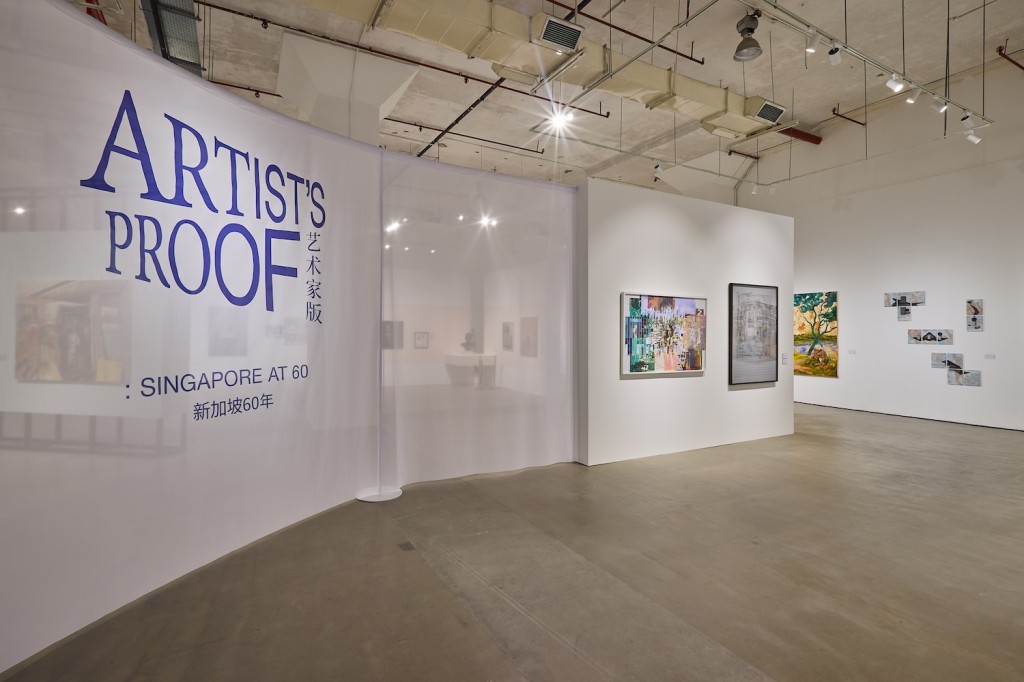
In celebration of Singapore’s 60th year of independence, this ambitious exhibition features over 90 works by more than 50 artists, offering a fresh perspective of the Singapore story through the creative expressions of local artists from different generations. Featuring 11 new commissions by local artists, including 1 brand new music piece, the exhibition underscores art collector Mr Chong Huai Seng’s passion in supporting young artists, seeking to inspire audiences to embrace local contemporary artists and invest in the growing potential of the future of Singapore’s arts through art collecting and patronage.
Over the past decade, Chong has purposefully gathered artworks capturing the transformation of Singapore for this exhibition, from nostalgic street scenes to bold contemporary takes on identity and leadership. Chong’s love letter to Singapore traces its journey from a struggling young nation to a global city. Scenes of Singapore’s evolving cityscape unfold through paintings and photographs, while works inspired by Lee Kuan Yew and the founding fathers examine their legacy and impact on nation-building. The exhibition also looks inward, questioning the relationship between artists, the state, and its people.
Chong Huai Seng is the co-founder of The Culture Story and founder of the China Art Foundation. An art collector for over 40 years, he focuses on modern, contemporary, and digital art, with a sharp eye for emerging talent. Formerly in finance and media, he is also an early investor in art-tech platforms like The Artling. A champion of contemporary Chinese ink, he played a key role in organizing the landmark “Xin Xie Yi” exhibition in Beijing in 2004.
Ning Chong is the founder of FOFA and co-founder of The Culture Story. With over 15 years in the art world, she advises private and corporate collectors on collection strategy, legacy, and philanthropy. Formerly with the National Arts Council and Singapore Tourism Board, she led major initiatives like Singapore Art Week and Venice Biennale. Ning is also a board member and patron at several art institutions and holds degrees from LSE and Christie’s Education.
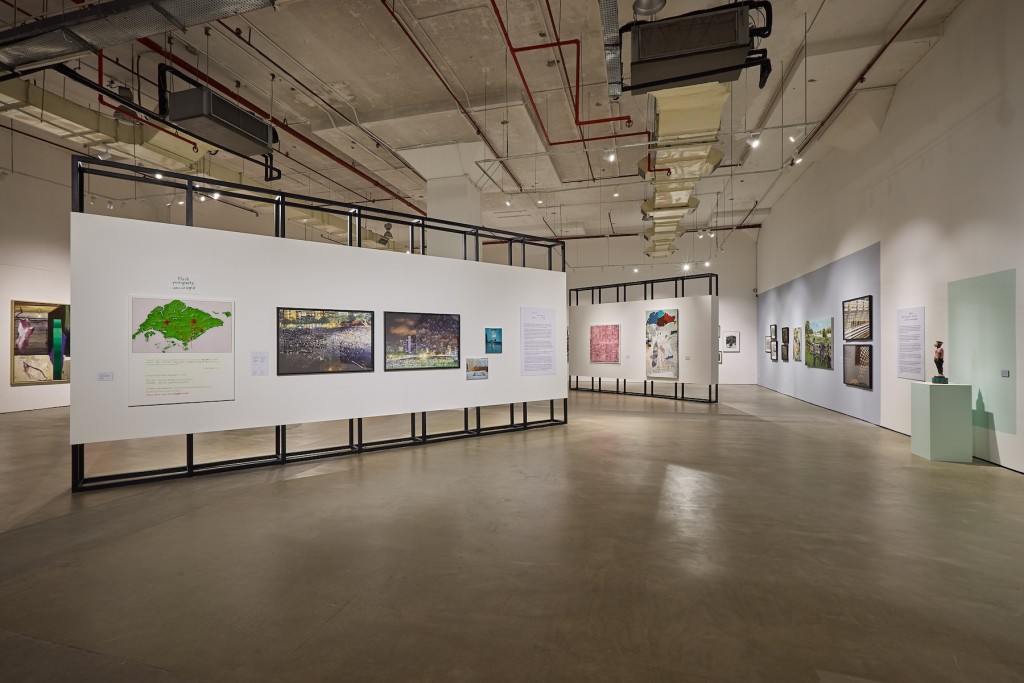
What do you expect visitors to experience from this exhibition?
Mr Chong: I hope that visitors actively engage with the artworks and build their own connections to the stories of Singapore and perspectives of our artists. Through this, we hope to prompt new ways of thinking about our post-independence history, moving beyond established narratives.
“Artist’s Proof: Singapore at 60 (AP60)” is our most ambitious project to date, both in scale and personal significance. The exhibition features over 90 artworks by more than 50 artists from my collection that I’ve built since 2010, with many works echoing my own cherished memories of growing up and living in Singapore. Beyond the visual, visitors will find within these works profound reflections on the enduring legacy of Singapore’s founding fathers and key figures in its art history, the diaspora stories of some of the brightest Singaporean talents living and working abroad, and the complex relationship between artists, the state, and the public. As a private organisation, we have the opportunity to present diverse perspectives that extend beyond the state-museum narratives. As the nation turns 60, we hope visitors are prompted to reflect on what it means to call Singapore home as they explore the exhibition.
What inspired you to commission new works for AP60, and how do these pieces reflect the evolving identity and aspirations of Singapore at 60?
Ning: It’s actually our first time commissioning new works specifically for an exhibition! My dad envisioned this show not to be the story about Singapore art, but rather as a platform to present art different from our public museums. Though unusual for us collectors, I proposed commissioning new works from both leading and young Singaporean artists. This unlocked exciting possibilities for engaging with the exhibition’s core themes and, more importantly, allowed us to directly invest in our local artistic community, moving beyond patronage to become catalysts for creation.
True to form, my dad was immediately on board and embraced this novel idea wholeheartedly. We focused our commissions on artists whose practices we have been following but had not collected. Their contributions have profoundly enriched the exhibition’s representation of voices, unveiling unexpected yet fascinating insights into what it means to call Singapore home. We are incredibly eager for visitors to encounter this diverse range of unfiltered artistic expressions and discover the pulse of our dynamic local art scene through their conceptually rigorous and thought-provoking new works.
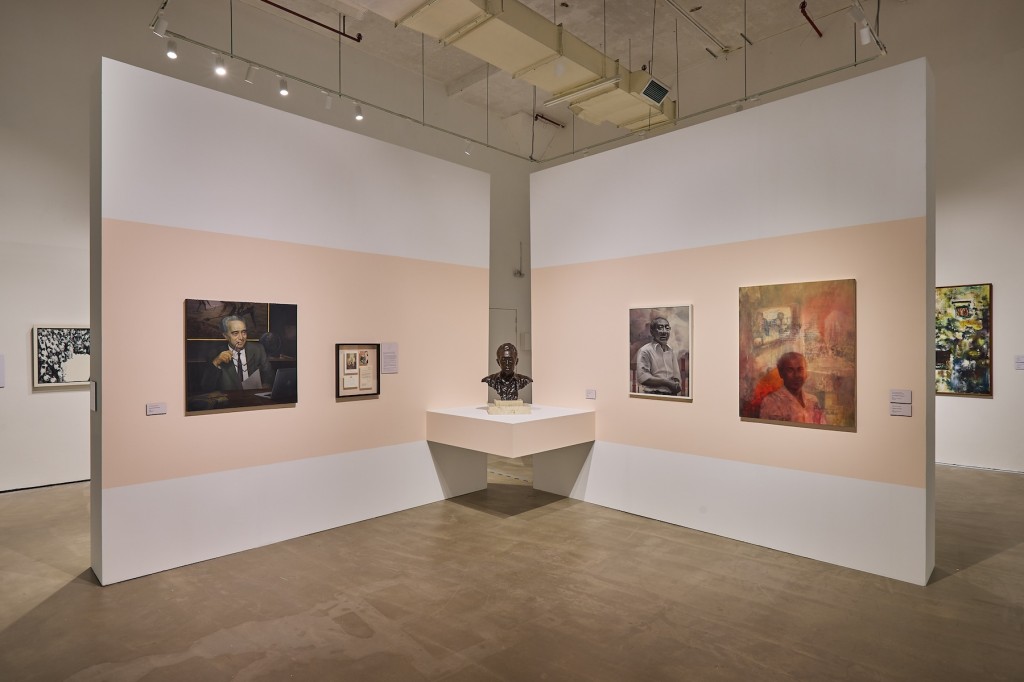
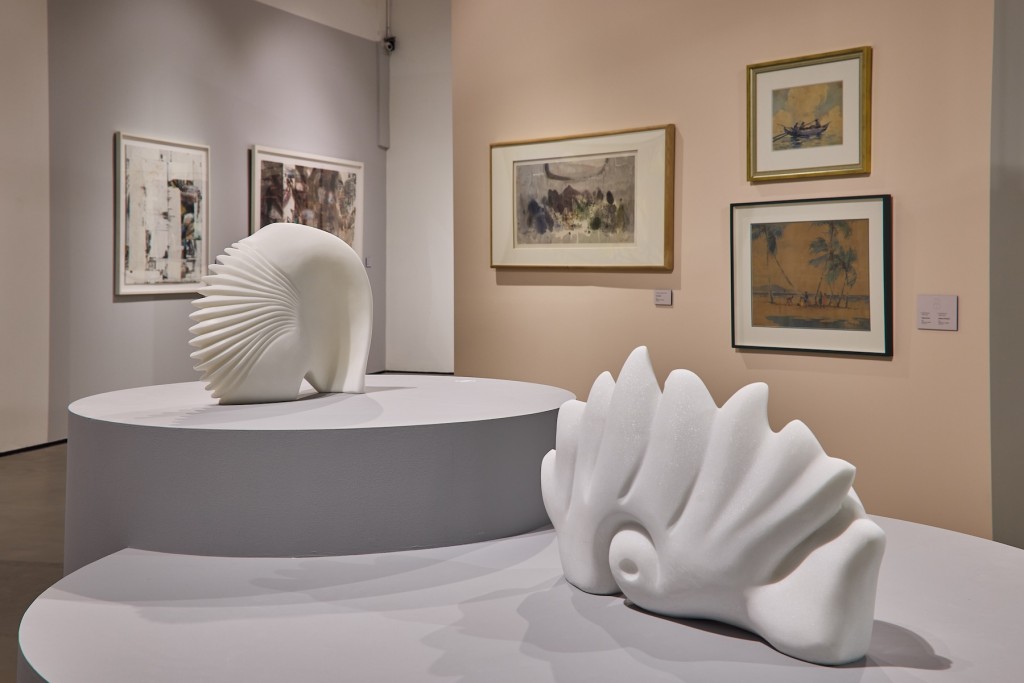
What are the significances of this exhibition for Mr. Chong’s art collection as well as the contemporary art scene in Singapore?
Ning: The Culture Story is founded on a passion for sharing our collection with art enthusiasts, fostering dialogue within the broader arts community, and inspiring greater public engagement with art. As a private organisation, we are able to provide a distinctive perspective on Singapore’s art history—one that moves beyond a state-museum lens, allowing the artworks to speak for themselves and forge meaningful connections with visitors.
With Singapore’s art market coming into its own, this exhibition serves as an inflexion point to encourage a deeper understanding and engagement with art in context. AP60 illuminates the vibrant breadth and depth of Singapore’s contemporary art landscape through an expansive array of artists—from pioneers and Cultural Medallion (Singapore’s highest arts accolade) recipients, to exciting emerging voices and globally acclaimed practitioners. Through this, we aspire to spark curiosity and nurture a thriving community of passionate arts advocates in the long-run.
Beyond appreciation, we seek to demonstrate how art patronage and collecting are vital for the continued growth of the arts in Singapore. Through our efforts at AP60, we hope to inspire visitors to embark on their efforts towards collection building and culture building in Singapore.
What potentials do you see from the private collections and collector-led initiatives in contributing to the Singaporean art scene?
Ning: There is definitely lots of potential for private collections and collector-led initiatives to contribute meaningfully to the Singaporean art scene.
One of the key ways collectors can contribute is through expanding public access and discourse. Private collections are unique reflections of their owners’ individual tastes and visions, often unveiling art that may challenge conventional art historical interpretations, or shines a light on artists and movements that might not have been fully embraced by public institutions at the time. When the works are shared publicly, these collections can introduce fresh perspectives, becoming valuable resources for a deeper and nuanced understanding of Singapore’s art history. Moreover, by opening their collections, private collectors can help demystify the art world, transforming what often seems exclusive into something accessible and welcoming. This transparency encourages broader engagement with art, inspiring new audiences to participate as enthusiasts, supporters, and potentially, future collectors and patrons themselves.
This exhibition stands as a testament to this conviction. Beyond showcasing the works from my father’s collection and the new commissions, we’re proud to launch a bilingual exhibition catalogue alongside a thought leadership symposium presented by Mastercard to further discuss on some of topics such as nationhood, collective identity, our urban environment and patronage. These initiatives demonstrate our commitment to art education, sparking critical cultural discourse, and connecting our artists to the wider public.
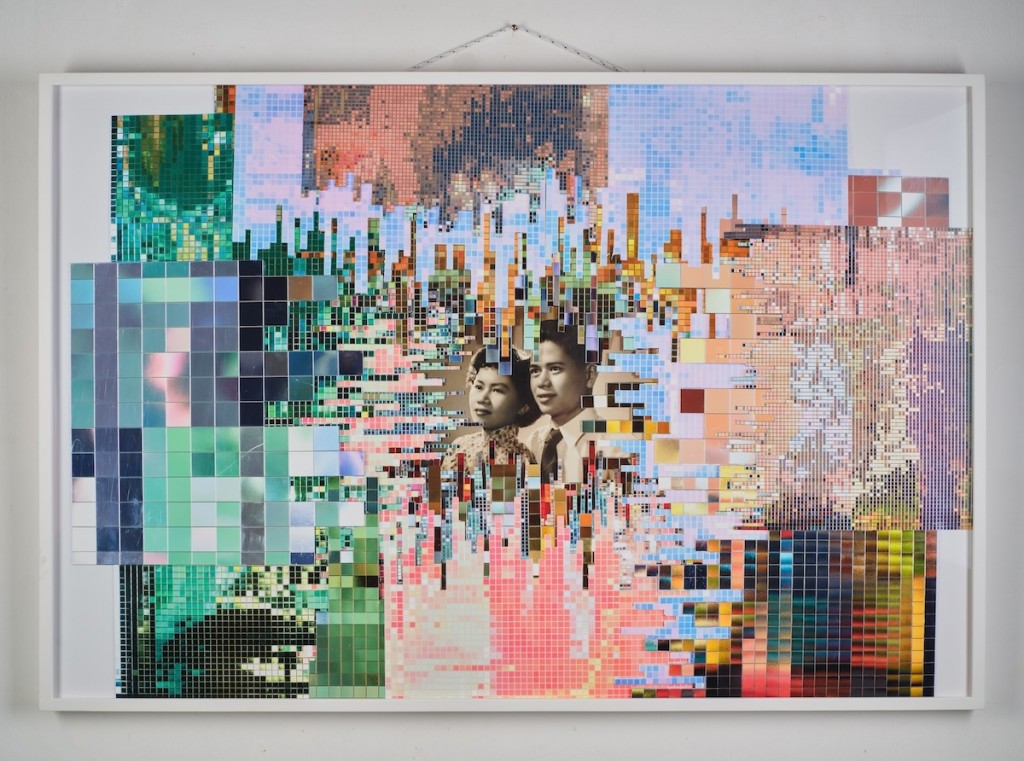
How is the experience of working on this project together as father and daughter?
Mr Chong: To collaborate with my daughter on this exhibition was truly a singular experience, I call her my occasional boss! We shared many positive experiences especially in our interactions with artists but we also have our fair share of intense and emotional moments. This is, after all, a landmark legacy project for our family, and I spared no measure of effort to ensure we got everything right. I am incredibly proud of and grateful for Ning and her steadfast hand in bringing the exhibition to life.
Ning: My earliest and most vivid childhood memories are those of weekend visits to art galleries with my dad. For over two decades, we’ve travelled and collected art together, a shared passion that deepened eight years ago when we co-founded The Culture Story in 2017. Working on AP60 felt like a profound full-circle moment, not just for us, but I can say with many of our close collaborators and team members. I’m more thankful than ever for our shared love of art and belief in collecting art as a deeply personal form of self-expression. With the show now launched, I look forward to where this journey will lead us next.
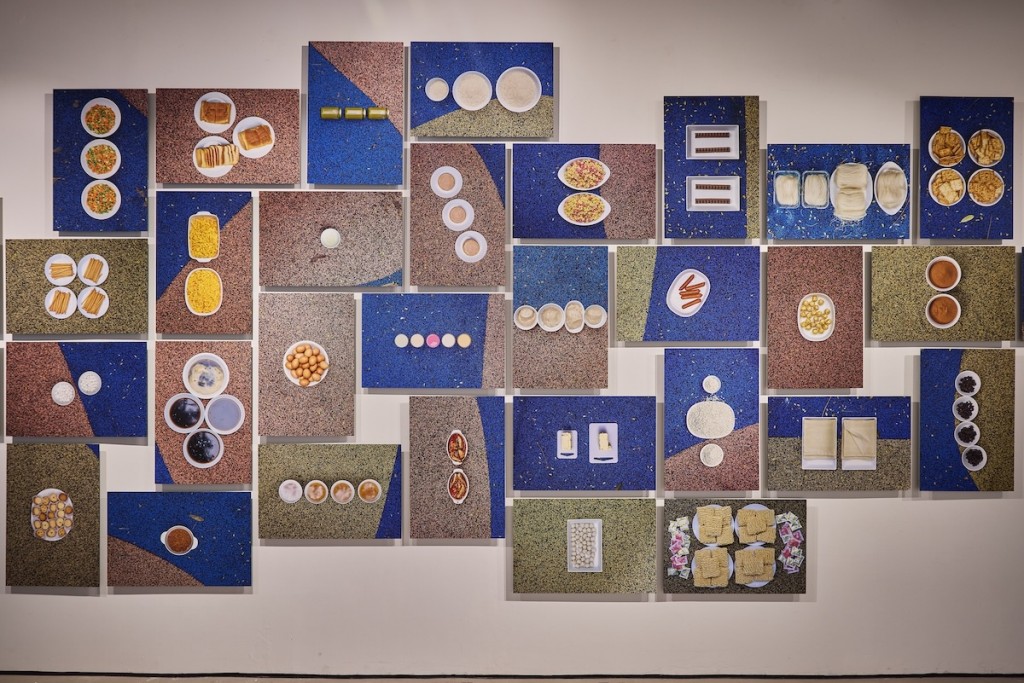
How do The Culture Story (TCS) and Family Office For Art (FOFA) contribute to the development of the art market in Singapore?
Ning: The Culture Story (TCS) and Family Office For Art (FOFA) contribute to Singapore’s art market development in complementary yet distinct ways.
TCS reimagines the contemporary art salon, serving as a nexus where collectors, connoisseurs, and art enthusiasts can gather and explore contemporary art through meaningful dialogue, deep engagement, and fresh perspectives. By opening our private collection to the public, it is a way to bring our “passive” collectibles from long-term storage into a public space, breaking down barriers between collectors and the public, while cultivating art appreciation and inspiring potential new collectors to enter the market.
On the other hand, FOFA addresses a critical gap in the art market by providing specialised advisory services. These include collection management, estate planning, collection amplification and legacy building.
FOFA being a boutique consultancy, our raison d’être is to help collectors look after their art collection and protect their art wealth. At a higher level – our offering is to empower collectors, support their visions and aspirations in building up cultural capital through education and engagement, legacy building and philanthropy. Some collectors are passionate about legacy and giving back, some view art as a bridge between personal passion and purpose.
Art holds a mirror up to society, to the times we live in; art reflects one’s heritage, values, and identity. At FOFA, we believe that art can serve as a bridge between wealth preservation, legacy building and living with purpose. A part of that bridging process is to encourage dialogue and engage the next generation of heirs to think and plan for responsible stewardship. In a way, my father and I planning AP60 together, is a testimony of what FOFA can do for other art collectors and their families.

What insights can you share with us from your decades of collecting art, Mr. Chong?
Mr Chong: For me, collection art has always been a deeply personal journey, driven by the heart rather than the head. I’m a true romantic when it comes to art—I acquire pieces because I genuinely love the artist and their work, and the joy I derive from my collection is constant, regardless of whether the pieces appreciate in value.
I also hold immense respect for historically important artists and am always looking to collect works by talented artists who respond to the changing tides in their own unique ways that push their art to new heights. My interest also extends to art movements, and I’m particularly fond of contemporary Chinese ink. I supported this movement actively in the early 2000s, and organised the “XinXieYi” exhibition at the National Art Museum of China in Beijing in 2004, which spotlighted the top 25 Chinese ink artists.
Looking forward, I’m interested in how artificial intelligence could become a new, powerful force in the art world. It’s definitely an exciting time to witness the evolution of artistic expression with technology.
Read more:
Artist’s Proof: Singapore at 60
The Culture Story
Edited by Ricko Leung





